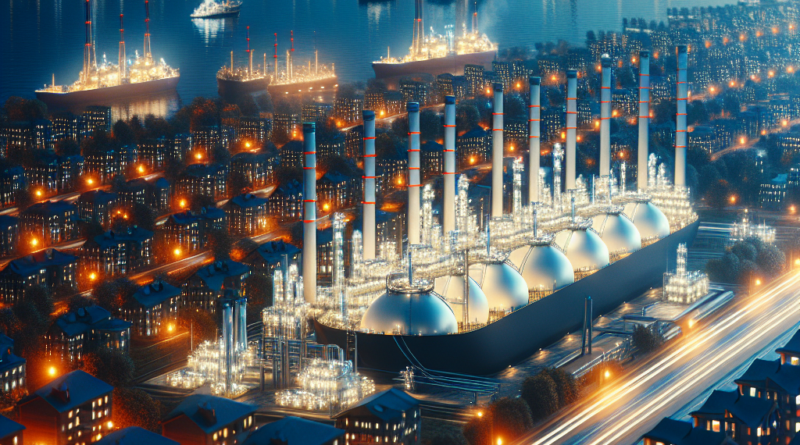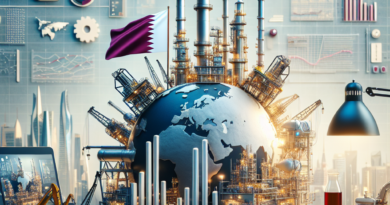American LNG: Europe’s Energy Crisis Far From Resolved
The Shift in Europe’s Energy Dependency
In recent years, Europe has undergone a significant change in its energy dependency, transitioning from Russian gas to liquefied natural gas (LNG).
This shift was expedited by the sanctions imposed on Russia following the invasion of Ukraine in 2022, highlighting Europe’s vulnerability in terms of energy supply.
Transition Challenges and Costs
Russia, once the main gas supplier to the continent, has seen its role dramatically reduced.
While Europe initially expressed confidence in having viable alternatives like LNG, this change has introduced a new form of dependency.
Unlike Russian gas, mostly delivered through pipelines, LNG arrives by sea, intensifying competition in the global market.
In 2022, with the arrival of the first LNG carriers from the United States in European ports, many national and EU leaders celebrated seemingly overcoming their reliance on Russian gas without adverse effects.
However, French President Emmanuel Macron criticized the high price of US liquefied gas, shedding light on a crucial issue: the cost.
Continued Russian Gas Imports
Europe’s adoption of transatlantic LNG came at a high price and continues to be costly.
Consequently, the continent has not completely ceased Russian gas imports, including LNG flows.
The situation may further complicate due to the upcoming closure of the Ukrainian transit route, as Ukraine has announced the non-renewal of its transit agreement with Gazprom by year-end.
Current Dependency Status
Prior to Russian President Vladimir Putin’s order to invade Ukraine in 2022, Europe relied on Russian gas shipped via pipelines for over 40% of its imports, with LNG accounting for about 20%.
After Moscow largely cut the supply, the continent’s import dependency flipped.
Last year, LNG made up around 42% of gas imports in Europe, while Russian pipeline gas plummeted to 8%.
Ongoing Energy Crisis
Despite reassurances from European leaders that the continent can manage without Russian gas, the increasing reliance on LNG keeps energy prices high, undermining the industrial competitiveness Brussels aims to bolster.
Recent data on gas flows showed a substantial 39% increase in Gazprom exports to Europe compared to the previous year in May, underscoring the continent’s ongoing dependency on Russian gas.
Future Challenges and Prospects
The European energy crisis remains unresolved.
Mild weather conditions in recent winters have helped, but the beneficial influence of El Niño is ending.
The impending arrival of La Niña, bringing colder weather, forecasts harsher winters, higher gas demand, and consequently, even higher energy prices in Europe.
Competition for LNG purchases is evident in today’s market, with European benchmark prices recently soaring to a nearly six-month high above 37 euros (40 dollars) per megawatt-hour.
Although higher than any point this year, European gas prices are a fraction of the over 300 euros reached in August 2022, averaging around 20 euros between 2010 and 2020.
Looking ahead, despite prospects for new LNG supply from Qatar and the United States starting in 2025, gas prices are unlikely to align with those of Russian pipelines, which historically fueled Europe’s industrial growth.
Additionally, the EU’s new legislation on methane emissions for every molecule of imported natural gas will further increase costs, suggesting that returning to sustained economic growth without massive government support remains a distant goal.




